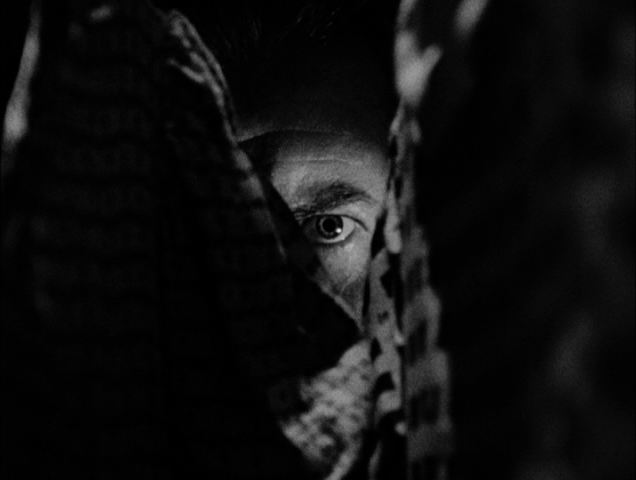On Friday, November 3rd and Saturday Nobember 4th, Ferndale Repertory Theatre will be producing my new script, “Nobody Heard, Nobody Saw.” I was commissioned to write the play by Cleo DeOrio. She is the director of its performances, the current Artistic Director of Ferndale Repertory Theatre, and an all around fab collaborator.
In August, Cleo commissioned me to write a one hour murder mystery for five actors. Three women, two men. The script will be performed as part of a fundraising event for Ferndale Repertory Theatre and will also be the last piece directed by Cleo in her capacity as Artistic Director (She is stepping away into a new position as Operations Manager at the San Gabriel Playhouse in Los Angeles) The synopsis for the play is as follows:
“Lottie Fowler, a woman living independently in 1924 as a successful typist, has made enough money through helping private clients draft their memoirs to afford a lavish country house. But on the evening she moves in, four individuals arrive, some known to her, some new to her. These five under one roof are shocked to discover that the home's former owner was murdered there the night before. Factions form and the roots of every secret between the five of them is pulled and becomes longer and longer until more of them are attacked in the dark and the only ones left standing are a killer and their final target.”
I’ve had a wonderful time crafting it and I’m thrilled that it’s being done, especially with a director like Cleo at the helm. It’s certainly a murder mystery in the literal sense, but the deeper I went into the writing of it, the more I realized it fit a certain subgenre of murder mystery, one that has always hit me as a bit more ominous and a bit more intimate.
The subgenre I’m talking about is the kind where a body is just under the rug. They’re usually in domestic settings. The characters are almost never career criminals or career sleuths, but civilians. People who present an ordinary front. Three gorgeous movies that served like something of a reference point for this kind of mystery were Blind Alley, Ladies in Retirement, and The Spiral Staircase.
A good “Rug Over the Blood” mystery has a contained scale in terms of where it sets the action, never taking the audience anywhere besides the home or just a few paces outside of it. They usually have ordinary starts, with ordinary people presenting ordinary fronts. The cast is also kept small. This allows any feeling of menace to get higher and higher, because the villain is never so outnumbered that they could be handled with ease if they get found out- after all, it’s only a handful of people against one murderer. And of course, as these stories go on, it becomes a handful of people minus one, a handful of people minus two…
In such a small space (and usually a space in which characters are more or less trapped, either cut off from the outside world by a storm or by sheer distance) murder has a dooming size which makes it more compelling. No one gets to leave. What adds to the murder’s ugly permanence is the presence of the body, which takes up space nearby and takes up all the space in the mind of every character when they find it and cannot run from it. Another element most Rug Over the Blood mysteries use is dramatic irony- an audience gets to see the body first. They even see the murder, even though the killer stays unseen through it. There is a suspense and a creepy delight that comes from waiting for characters to bump into a secret that you know and they don’t. Some other common devices for these cramped, domestic mysteries are implicit secrets, stolen or missing objects, people announcing their whereabouts, incapacitated characters, and characters exiting and going completely unaccounted for, sometimes for long stretches at a time. The drama is so immediate that even a character being cut off from sight for a few seconds is unnerving. What are they doing? Are they safe? Did they find something?
The last thing that distinguishes a Rug Over the Blood mystery for me is that its heroes are de facto heroes. It’s not a detective or a specialist that has to navigate their night locked in with a killer, it’s housekeepers or professors or visiting friends. These are people that might panic. They might get fooled. They might believe the wrong person. They might get overpowered. And if they’re scared enough, sometimes they even go mad. The suspense isn’t bound by genre logic and can run as hot or as cold as the story takes it. Maybe that’s my favorite thing about the Rug Over the Blood mystery- instead of heroes, it has humans.
As all these thoughts clicked around in my head, it made me more grateful, more excited that this script was going to be performed. I hope the audience out in California has a fantastic, chilling time making guesses in the dark







